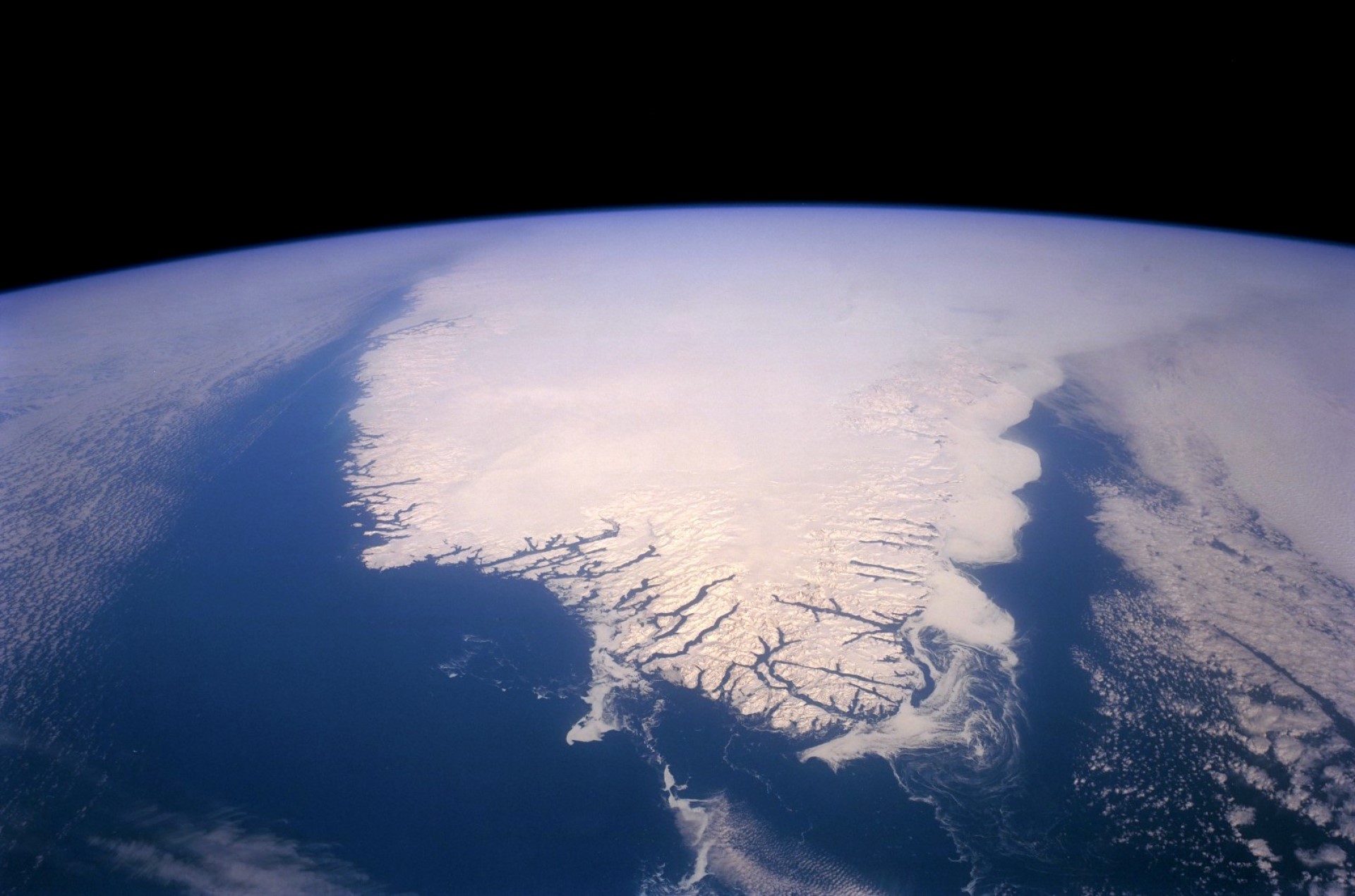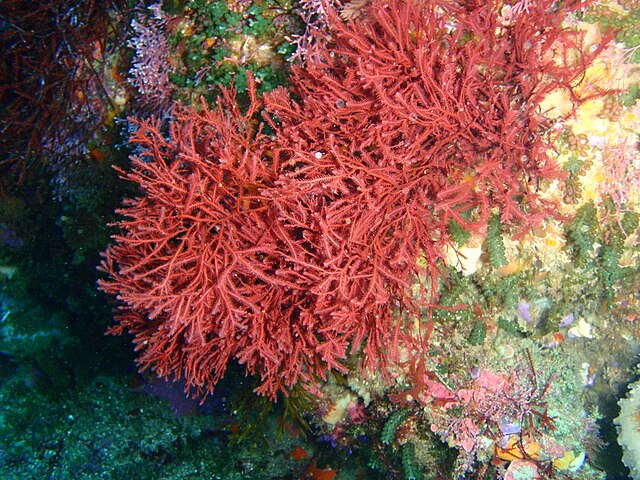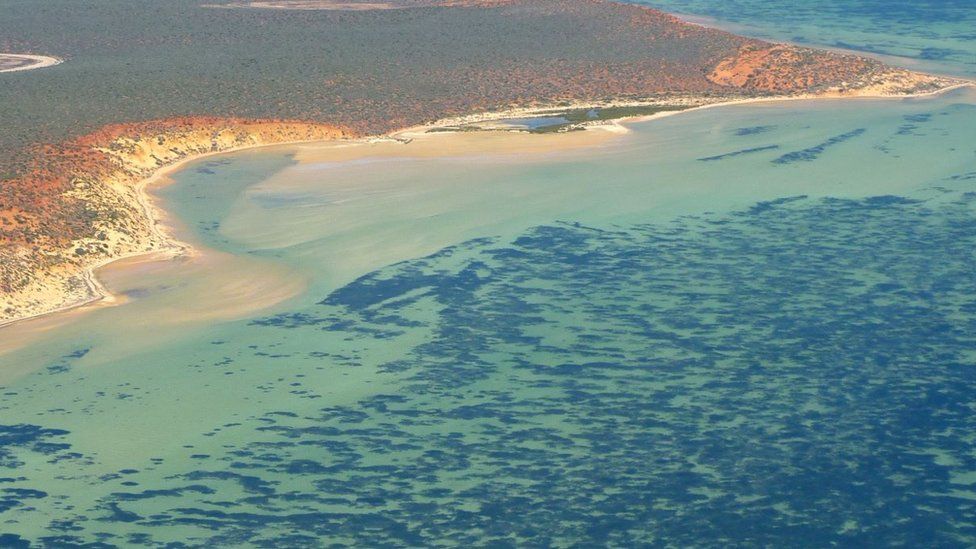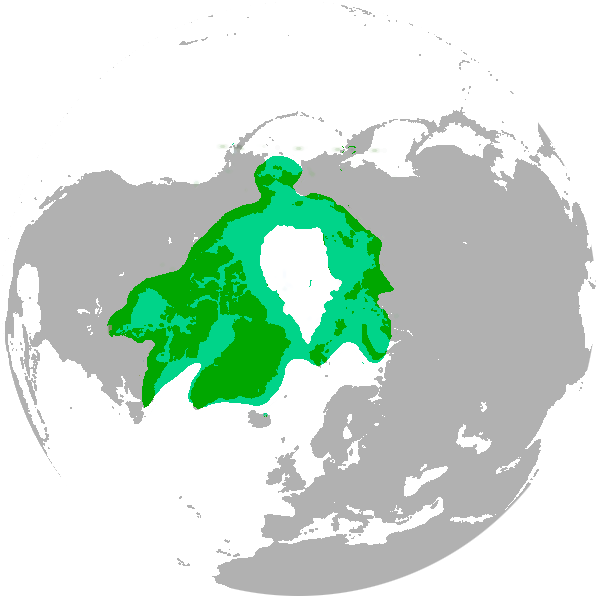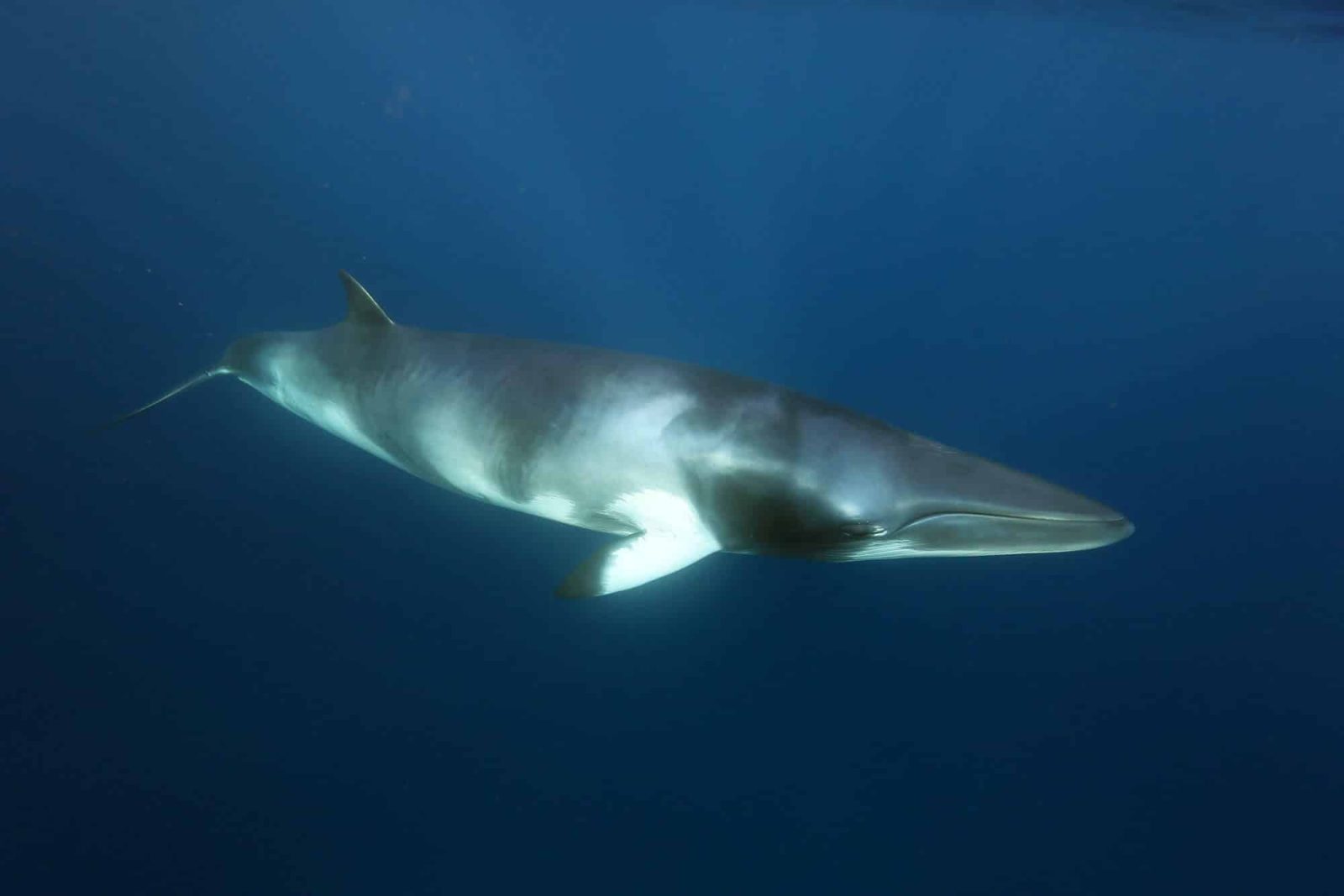
Common Minke Whale
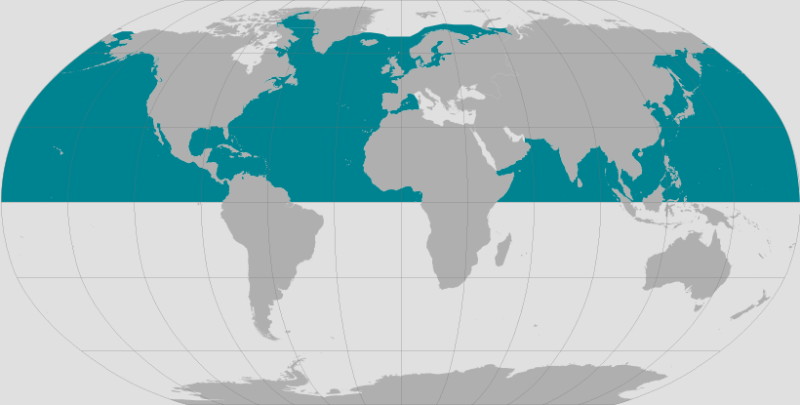 The smallest species of rorquals and second smallest baleen whales in the ocean. It was originally ignored, a primary target of whalers in the Southern hemisphere. Also known as the Northern minke whales, it lives in the Southern hemisphere, but is not the Southern Minke as that one lives in the waters around the Antarctic. Its range expands far into the northern hemisphere, up into arctic waters.
The smallest species of rorquals and second smallest baleen whales in the ocean. It was originally ignored, a primary target of whalers in the Southern hemisphere. Also known as the Northern minke whales, it lives in the Southern hemisphere, but is not the Southern Minke as that one lives in the waters around the Antarctic. Its range expands far into the northern hemisphere, up into arctic waters.
Hybrids of the 2 species have been found on several occasions, and it appears that the offspring are fertile – whether this is a threat to the two species as climate change pushes them further together.
It is odd that the common minke whale is also known as the Northern minke whale, as there is a Northern Minke whale which is found in the northern hemisphere.
Links will appear below.

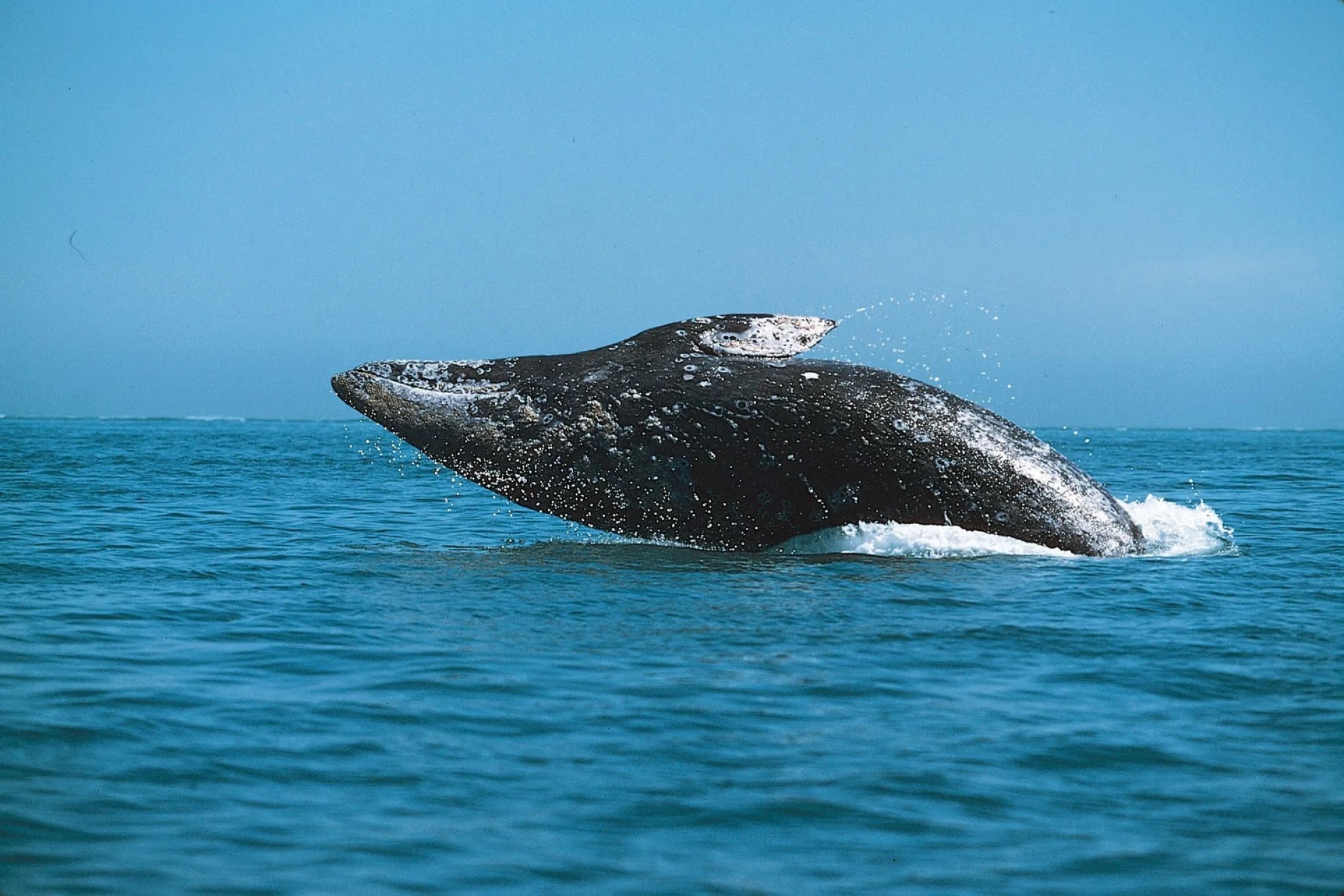



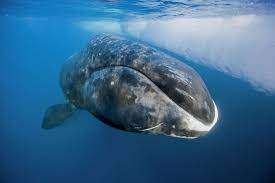
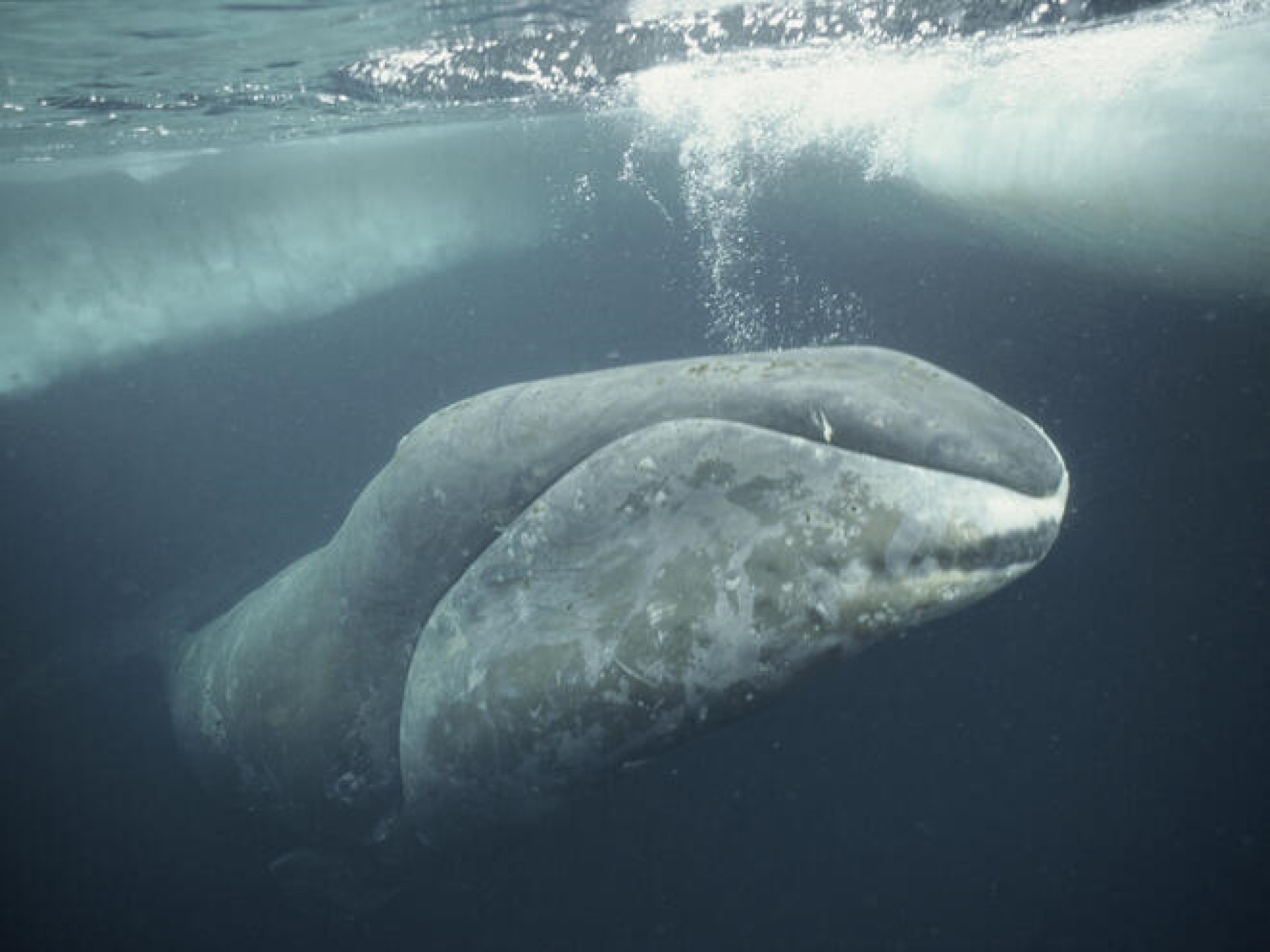
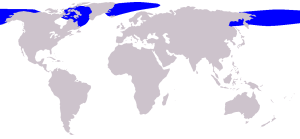 Also known as Greenland right whale, Arctic whale, steeple-top, and polar whale, they are closely related to the right whales, the bowhead whale looks quite different. It is in a different genus to the other right whales (so is a more distant relation.
Also known as Greenland right whale, Arctic whale, steeple-top, and polar whale, they are closely related to the right whales, the bowhead whale looks quite different. It is in a different genus to the other right whales (so is a more distant relation.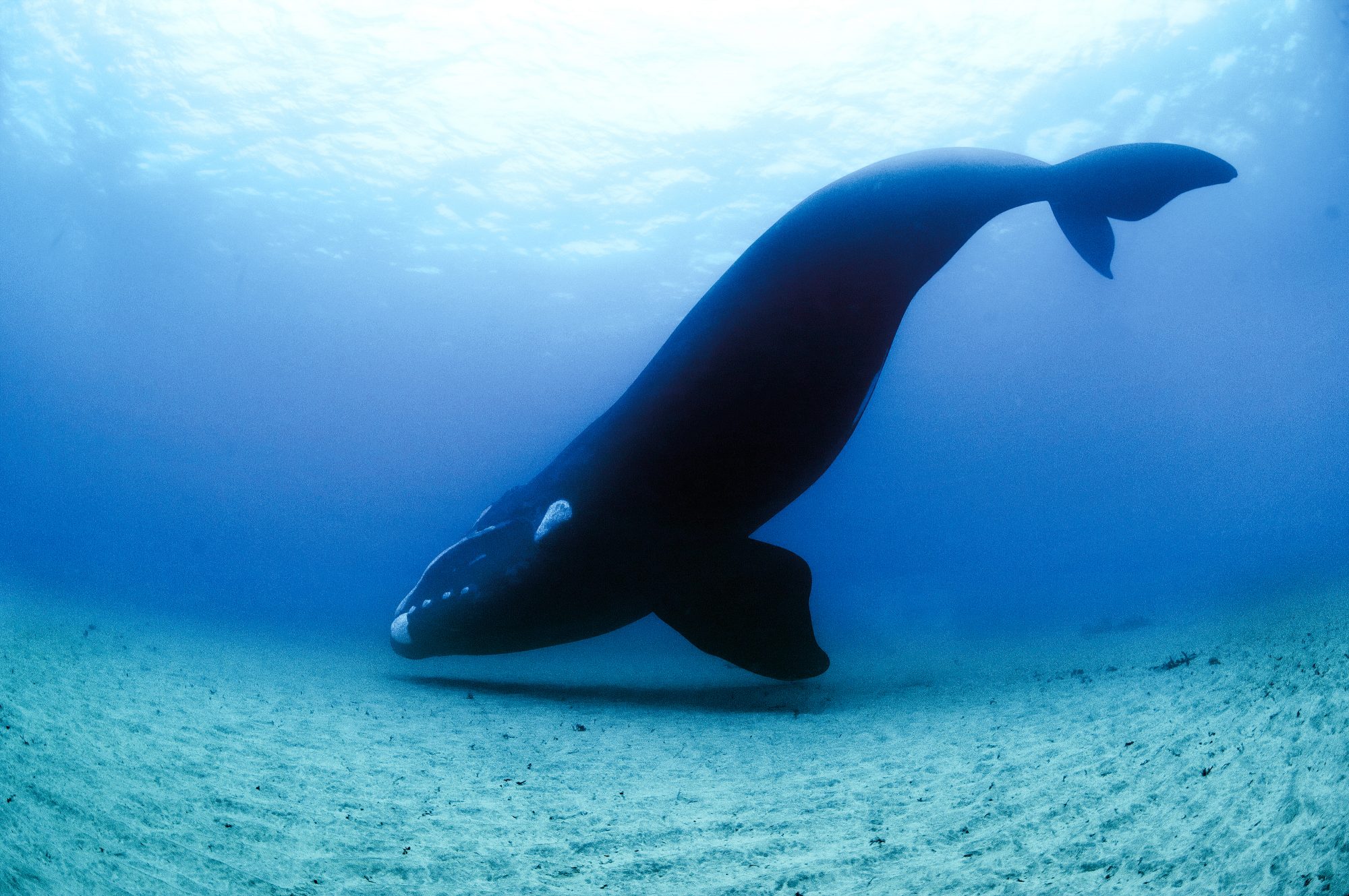
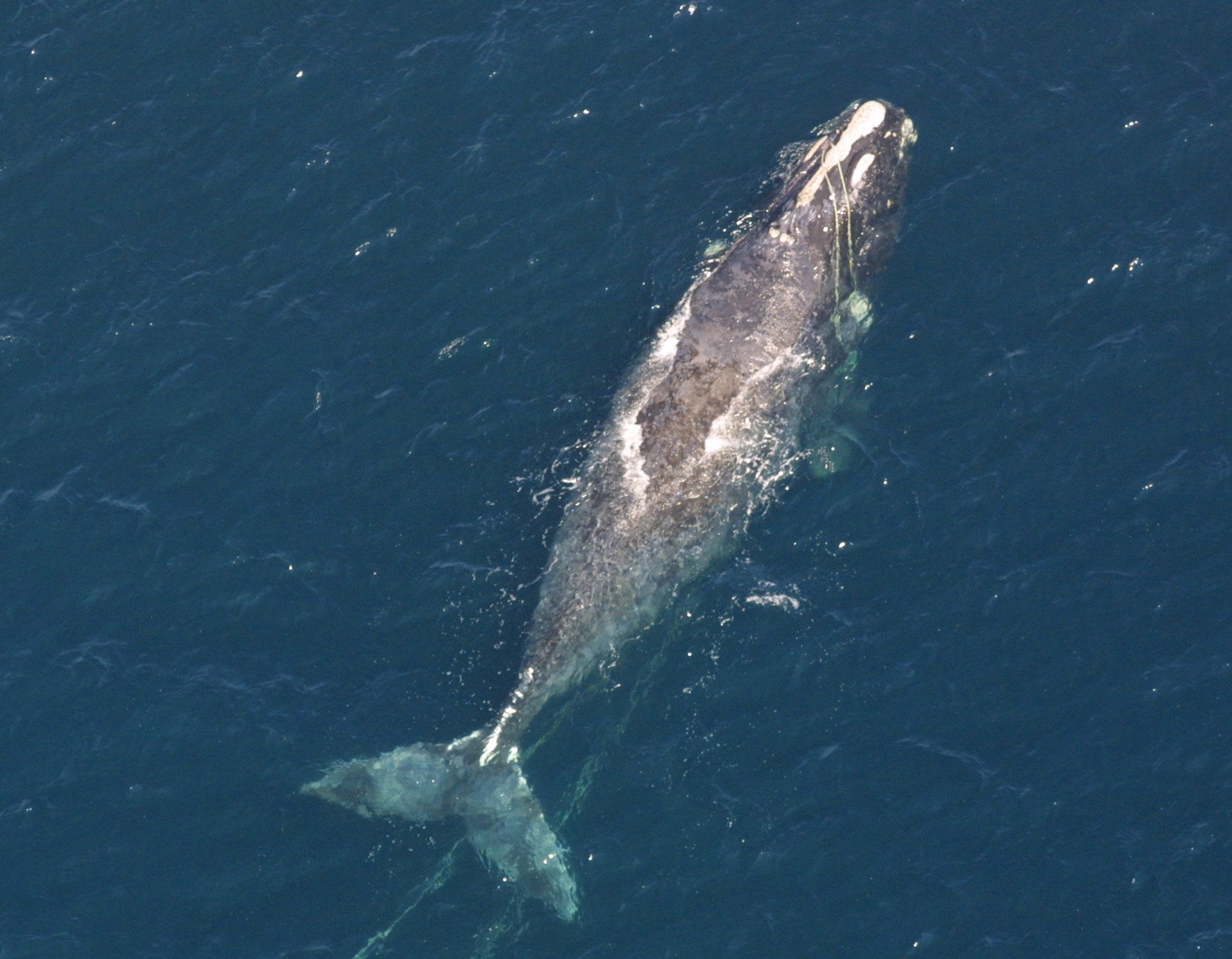

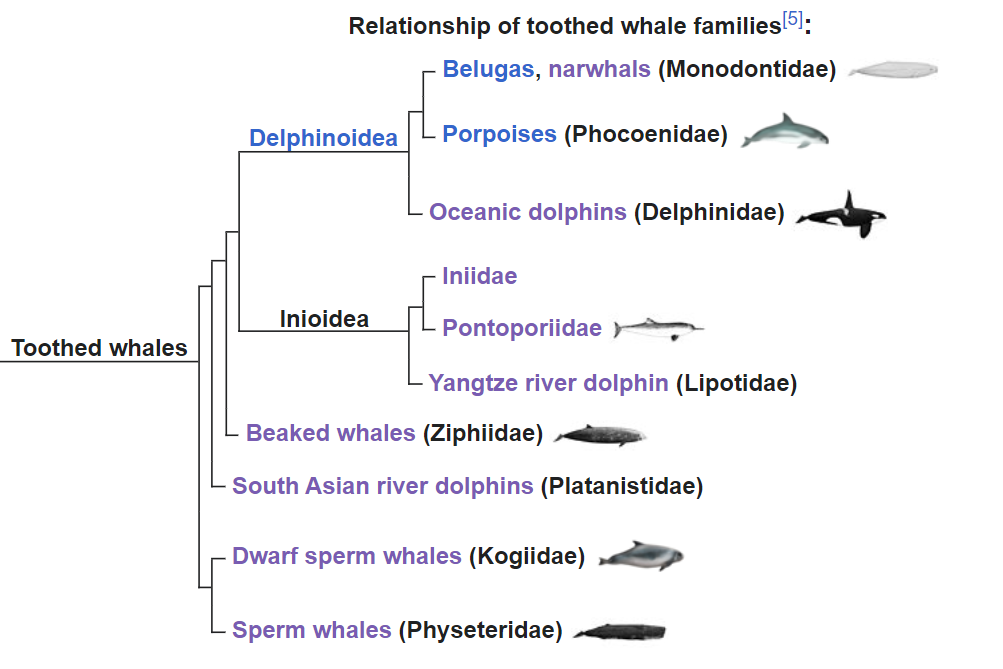
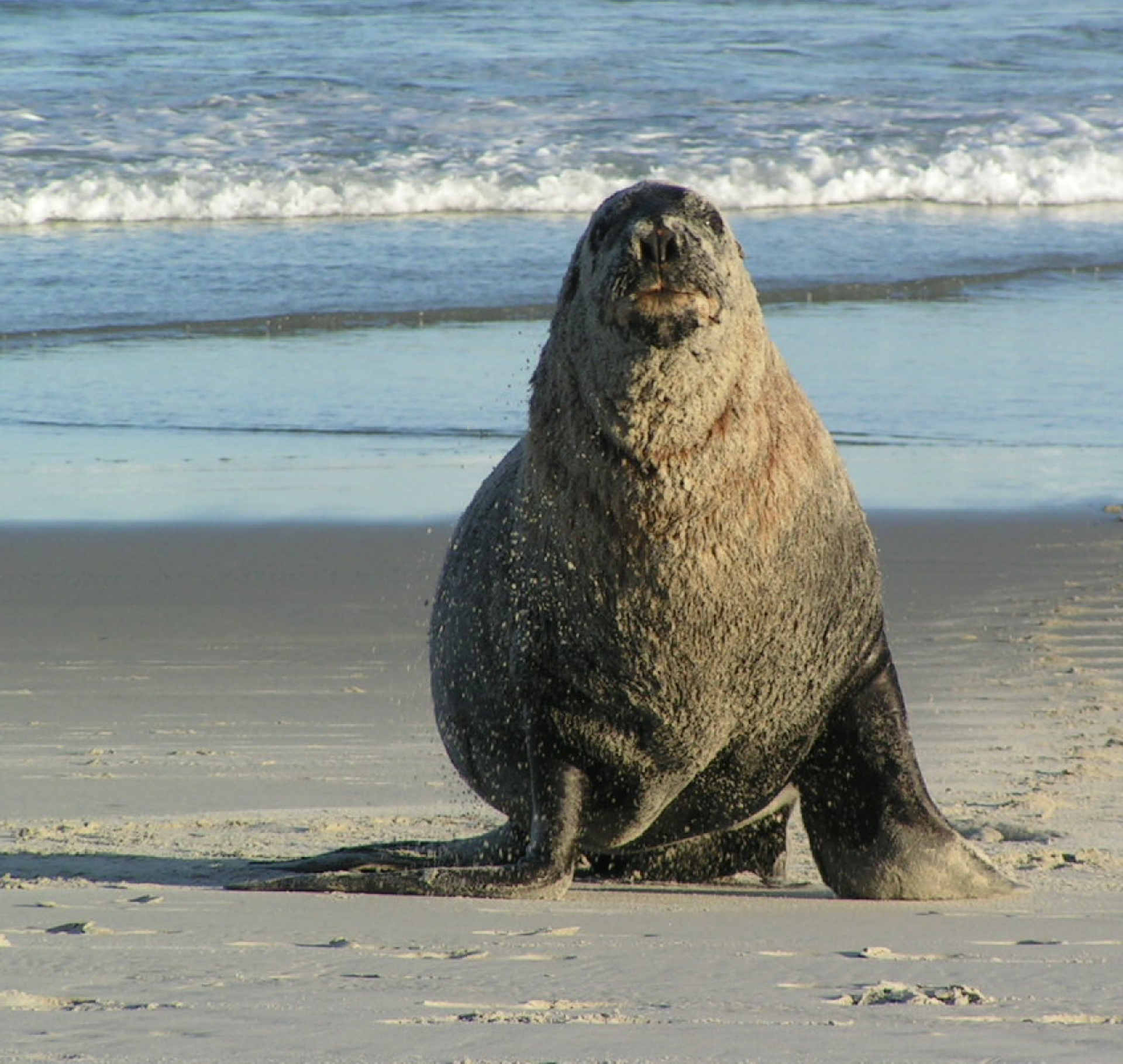

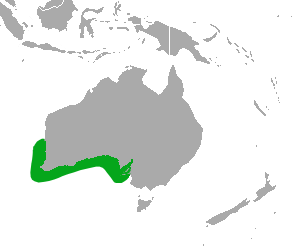 only endemic pinniped found in Australia.
only endemic pinniped found in Australia.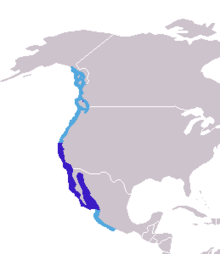 the west coast of north America. On this map, the navy blue marks the breeding rance, while the light blue shows the total range that they can be found in. It should be noted, that previously the Japanese and Galapagos sealion were both considered subspecies of the Californian species, but no longer. They can stay healthy, for a time, in fresh water, and have been seen living for a while in Bonneville dam – 150 miles inland.
the west coast of north America. On this map, the navy blue marks the breeding rance, while the light blue shows the total range that they can be found in. It should be noted, that previously the Japanese and Galapagos sealion were both considered subspecies of the Californian species, but no longer. They can stay healthy, for a time, in fresh water, and have been seen living for a while in Bonneville dam – 150 miles inland.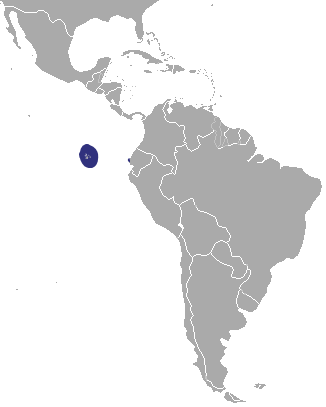 on all of the Galapagos Islands, as well as (in smaller numbers) on Isla de la Plata, which is just 40km from Puerto López a village in Ecuador. There have also been recorded sightings on the Isla del Coco which is 500km southwest of Costa Rica (and 750km from the Galapagos). These are not regular, and so have been considered vagrant. It is of course possible that historically they roamed here, but we cannot say.
on all of the Galapagos Islands, as well as (in smaller numbers) on Isla de la Plata, which is just 40km from Puerto López a village in Ecuador. There have also been recorded sightings on the Isla del Coco which is 500km southwest of Costa Rica (and 750km from the Galapagos). These are not regular, and so have been considered vagrant. It is of course possible that historically they roamed here, but we cannot say. known as the Hooker sealion) is native to south island, though before 1500 it is thought that it was also found on north island. They tend to breed on Subarctic islands of Auckland and Campbell (99% of the pups are born in these islands). In 1993, sealions started breeding on South Island again for the first time in 150 years.
known as the Hooker sealion) is native to south island, though before 1500 it is thought that it was also found on north island. They tend to breed on Subarctic islands of Auckland and Campbell (99% of the pups are born in these islands). In 1993, sealions started breeding on South Island again for the first time in 150 years.
